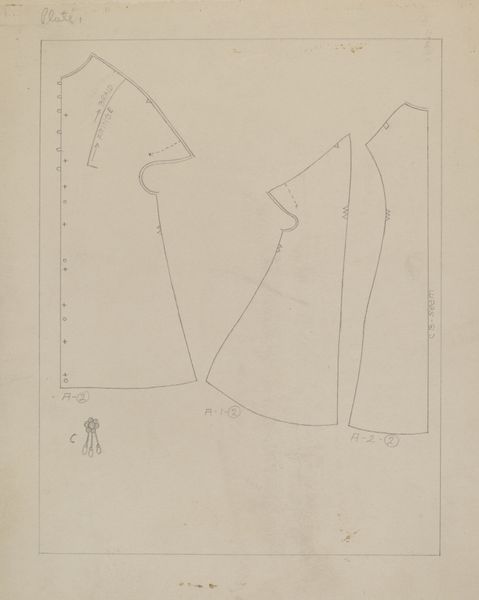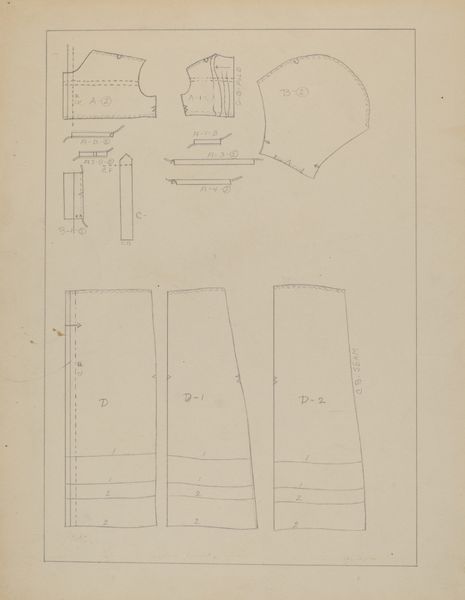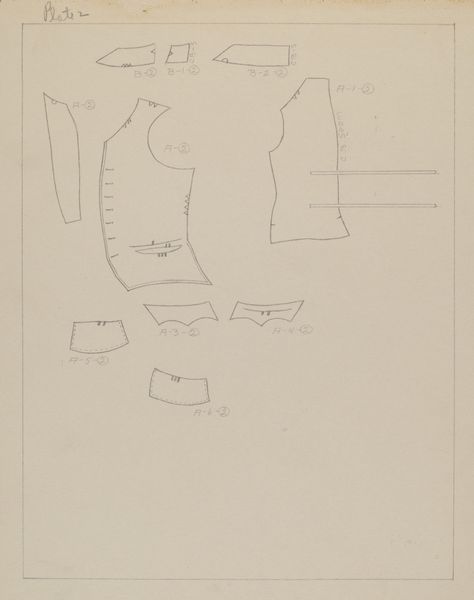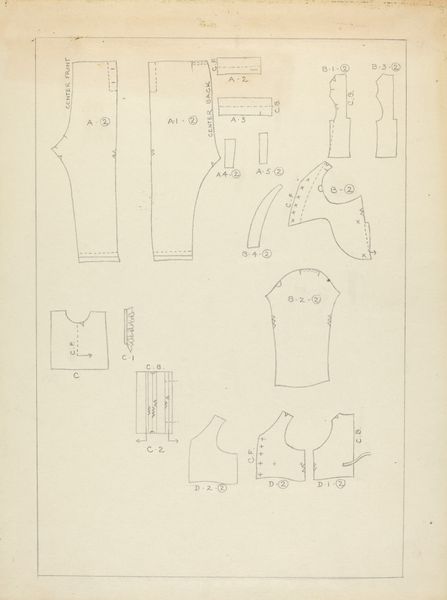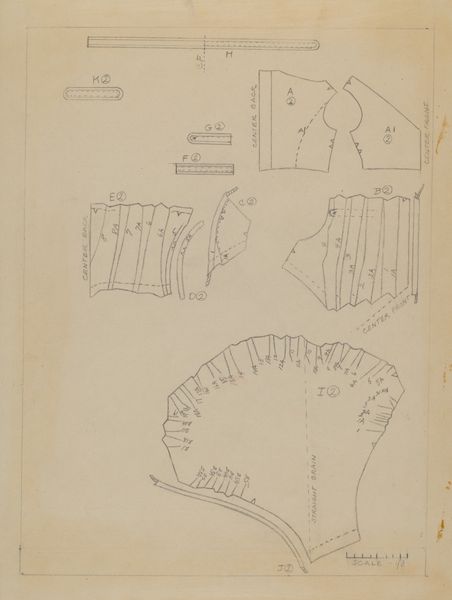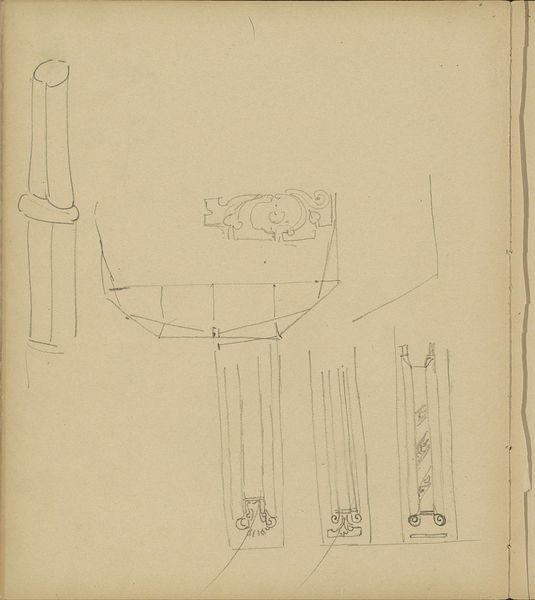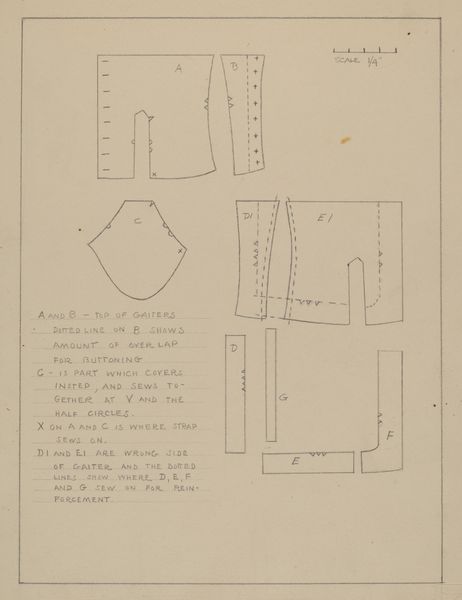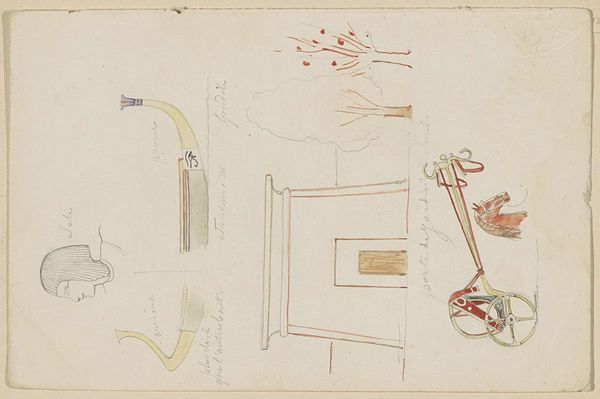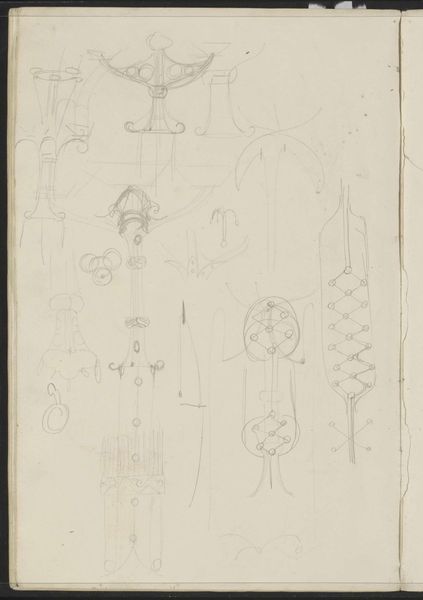
drawing
#
drawing
#
figuration
#
geometric
#
academic-art
Dimensions: overall: 27.5 x 21 cm (10 13/16 x 8 1/4 in.)
Copyright: National Gallery of Art: CC0 1.0
Curator: This is Dorothy Gernon's "Dress (Pattern)," a drawing from around 1936. What strikes you about it? Editor: Well, initially it just seems like a dress pattern, simple and functional, maybe even a bit cold. It’s a drawing, a technical design, almost like architectural plans but for clothing. How would you interpret it? Curator: I think we should consider what constitutes "art." Gernon's drawing here highlights the means of production itself, laying bare the construction and labor embedded within clothing. Consider the socio-economic conditions of the 1930s; making your own clothing would have been about economy, resourcefulness. It challenges notions of 'high' art by emphasizing its connection to everyday life and labor. What materials would someone use, back then? How available was ready-made clothing to ordinary women? Editor: So, it's not just a drawing; it’s a glimpse into the material culture and the daily lives of women during that time? The "geometric" visual element suggests this pursuit for economy and resourcefulness! Curator: Exactly! It is a valuable lens through which to explore material practices, revealing the processes by which garments were made. Editor: I never would have considered all the implications. Looking at it now, I can appreciate it in an entirely new way, understanding its value as more than just a pattern, as a testament to history. Curator: Indeed, by examining these underpinnings we gain insights into the art historical conversation, moving beyond aesthetic appreciation to examine the social and material context of a work.
Comments
No comments
Be the first to comment and join the conversation on the ultimate creative platform.
